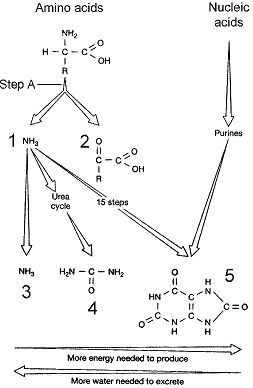The laboratory receives a blood soaked gauze pad with some tissue wrapped in it for culture in a sterile container. The proper disposal of the material will include:
a. placement in the appropriate biohazard container.
b. placement in the garbage as long as it is enclosed in the sterile container.
c. treatment with a disinfectant prior to dis-posal in the biohazard container.
d. placement in the appropriate biohazard container and sterilization for contamina-tion with organic material.
D
Although the laboratory microbiologist is responsible for placing the material in the appropriate biohazard container, the laboratory either has an on-site facility that will properly sterilize the contaminated material or will contract with an outside agency to complete the sterilization process.
You might also like to view...
The ____ is the developing gut for most animal embryos
a. schizocoelom b. mesoglea c. archenteron d. enterocoelom e. blastopore
Which of the structures in Figure 48-1 represents the nitrogenous waste urea?

a. 1
b. 2
c. 3
d. 4
e. 5
A research scientist is trying to design a new antibiotic that would break down the gelatinous capsule that surrounds each bacterial cell
What action would this antibiotic prevent in bacteria that would make it effective in preventing human illness? A) passing genes to each other B) swimming away from cells of the immune system C) attaching to body cells in order to cause infection D) reproducing using binary fission
The prodromal (i.e. pre-acute disease stage) symptoms of bacterial meningitis is/are
A) mild cold symptoms. B) fever and headache. C) stiff neck and back pains. D) convulsions. E) fever, headache, and stiff neck.